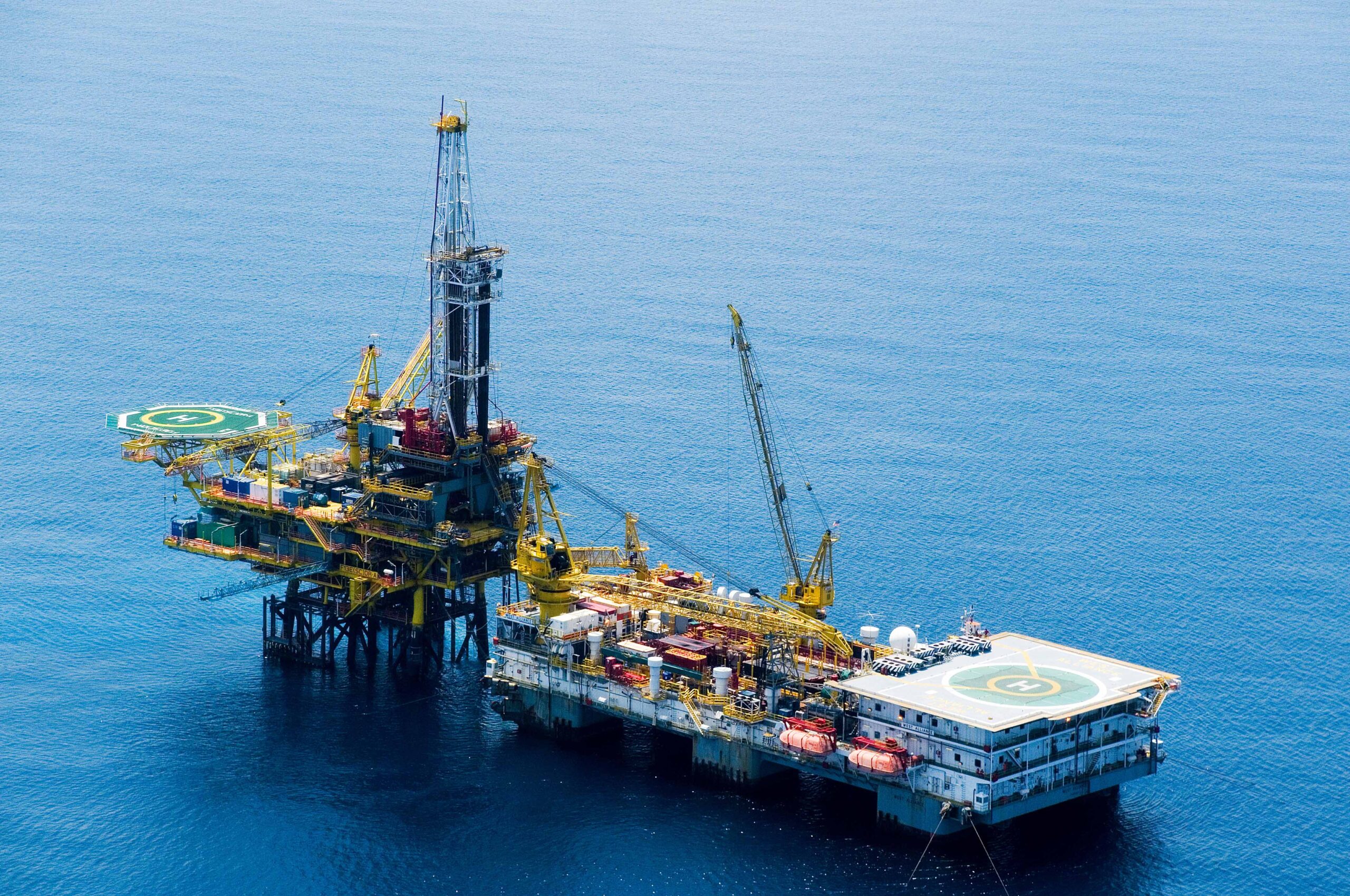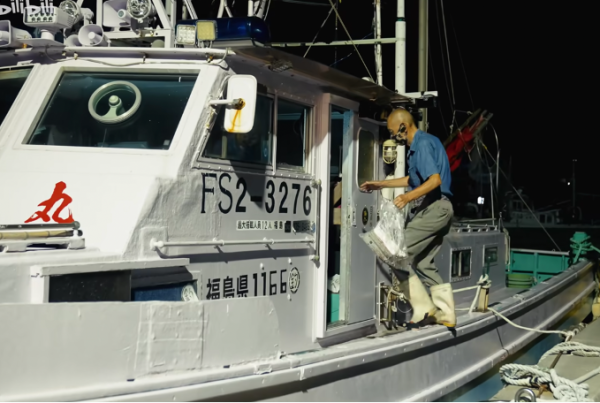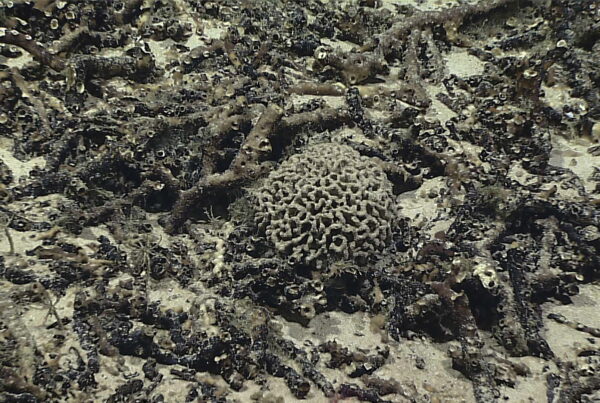Submarine Jiaolong: absorbing private capital into the offshore sector
…On June 27th, 2012, the manned submersible Jiaolong once again set a new “Chinese depth” record—a dive of 7,062 metres—marking China’s ability to reach more than 99.8% of the world’s ocean depths with manned operations…
The Jiaolong has become the forerunner of China’s deep-sea and far-ocean strategy, leading China to build more advanced equipment to explore the deep-sea and far oceans in search of those precious and even unknown resources such as water, deep-sea organisms and minerals. [China’s deep diving technology] has already shown potential for commercial operation and will absorb huge amounts of private capital into the offshore sector…
Deep-sea treasure “combustible ice” – a low-carbon energy source
In the context of the increasing strain on global land resources, more and more countries are turning their attention to the oceans. Combustible ice, which has been hailed as the most commercially promising strategic resource of the 21st century, has entered the spotlight. With combustible ice as the starting point, the deep-sea treasure is slowly unveiling its mysteries [to humans] …
Combustible ice is natural gas hydrate, also known as “fire ice” or “solid gas” because of its ice-like appearance and its ability to burn when exposed to fire. The United States, Japan and Germany are among the world leaders in terms of the exploitation of combustible ice. In March 2013, Japan became the first country in the world to mine combustible ice from the sea floor and convert it into methane gas using special technology. According to publicly available data, until now, the proven reserves of combustible ice in marine and continental strata around the world exceed 16.7 trillion tonnes, equivalent to more than twice the proven reserves of traditional fossil energy sources such as coal, oil, natural gas and shale gas worldwide, enough for 1,000 years of human use…
Japan Oil, Gas and Metal Mineral Resources Corporation (JOGMEC) said that the proven reserves of combustible ice could provide Japan with “next-generation’s clean energy,” which means it is enough to meet Japan’s gas needs for 100 years. The Japanese government plans to develop the technology for the commercial applications of combustible ice by 2018. News of Japan’s successful exploitation of combustible ice has forced the world’s major economies to accelerate their research and development in this area. In addition to developed countries, some developing countries have also long responded to this. However, technologies related to combustible ice mining are treated as highly confidential by all countries. In the energy cooperation agreement signed at the second US-China Strategic Economic Dialogue, although both sides agreed to cooperate extensively on clean energy technologies, technical cooperation on combustible ice mining was excluded.
It is reported that the focus of China’s combustible ice development is still on preliminary basic research, which has been formed by the national investigation special project, the national “863” plan project, the “973” project and the survey projects of the three major oil companies, PetroChina, Sinopec and CNOOC. It is widely believed that the timetable for commercial exploitation will begin in 2030.
The “deep-sea oil fields” in the South China Sea: combustible ice equivalent of up to 68 billion tonnes of oil
…In June 2013, the first stop of the Jiaolong in the South China Sea, the first and most important task of the Jiaolong was to draw an undersea “oil map” of the richest area of the country’s marine oil and gas resources. It is reported that the current positioning of the South China Sea is “another deep water [oil field] in 2020.” By then, the deepwater area of the South China Sea will have built an annual production capacity equivalent to 40-50 million tonnes of oil …
According to research estimates in 2011, China’s proven combustible ice reserves are also considerable, with preliminary proven reserves equivalent to more than 43.8 billion tonnes of oil. In December 2013, when the Ministry of Land and Resources held a press conference to introduce the results of the yearly exploration of combustible ice in China’s waters, experts said that the reserves of combustible ice in the South China Sea alone are expected to reach the equivalent of 68 billion tonnes of oil. The Ministry of Land and Resources official also said that combustible ice is expected to take over from traditional energy sources such as oil. According to them, China’s commercial development [of combustible ice reserves] may start in 2030, which places a higher demand on deep-sea equipment.
[The target of] Deep-sea mining extends beyond rare earth elements to include oil and natural gas, solid minerals such as coal, iron and copper, hydrothermal deposits formed by cooling deposits of high-temperature magma ejected from submarine rift valleys, polymetallic nodules and cobalt-rich manganese crusts, as well as combustible ice. However, with the current state of technology, deep-sea mining is so expensive that some scholars have even pointed out that it is as difficult as mining on the moon. For now, the commercialisation of deep-sea mining is even further away.
At the Symposium on Building a Strong Ocean State held by China’s State Oceanic Administration in 2013 Deep-sea expert Weng Zhen-ping, who participated in the manufacture of the submarine Jiaolong, suggested that Jiangsu province should take the lead in setting up a combustible ice mining company to form an entire industrial chain from mining to transportation and sales. As he suggests, “This is something that must be planned ahead of time and done quickly. It took Japan more than 20 years to do research on combustible ice. Americans have spent more than 20 years on shale gas from basic research to commercial extraction. Innovation is not something that happens overnight, it requires long-term and relentless persistence.”
“[Diving to] 11,000 meters” triggered the capital frenzy: the soar of concept shares in the stock market
In terms of moneymaking ability, the Jiaolong has shown its first signs of success. In the capital market alone, on June 17, 2013 (when the first experimental application dive of the Jiaolong achieved success) there are 14 shares of offshore equipment stocks closely related to Jiaolong’s first dive to achieve a rise in share price. Among them, shares in China Shipbuilding, one of the two largest state-owned ship manufacturers in China, rose to the board. In addition to this, shares of companies such as Yaxing Anchor Chain and Zhongyuan Special Steel all achieved gains of more than 6% in one day. Among them, Jereh, Centaline Special Steel, CIMC and China Shipbuilding, four listed companies closely related to the success of the exploration of the Jiaolong, all received a large net inflow of funds of more than CNY 10 million in one day, achieving a total net gains of CNY 78.213 million. With the possibility of a commercial operation for deep-sea diving now visible, corporate capital will drive the development project for an 11,000m class submersible.
In 2012, James Cameron travelled alone to a depth of 10,898 metres in the Mariana Trench, sponsored by National Geographic and the Swiss Rolex Group. A newly developed experimental Rolex watch was placed on a robotic arm to accompany Cameron in setting a new record for watches. Although the exact amount of Rolex’s sponsorship could not be found in public information, a project worker was quoted as saying, “The whole project ended up working very well and staying within budget.”
The Rolex Group has also expressed an interest in collaborating on the Chinese 11,000m class submersible project. However, according to Cui Weicheng, “[If we consider] accepting the title sponsorship, perhaps a Chinese watch brand will be willing to pay a higher price.”
Translated from a publicly available article on the website of Chinese National Energy Administration, originally published by China Petroleum and Chemical Industry Association, 27th December 2013.
Original author: China Petroleum and Chemical Industry Association
Translator: Dongyang Li
Article source URL: http://www.nea.gov.cn/2013-12/27/c_132999975.htm (Official website of the National Energy Administration of China)

Chinese offshore drilling rig “Blue Whale No.1” conducting combustible ice mining (May 17, 2017)



